When you photograph fireworks, what do you try to capture? Colorful light? Spectacular shapes?
As for me, I love to capture the energy before or at the moment of explosion. Although they may not look as gorgeous as familiar fireworks photos, long time exposure for example, I recognize some special impact in them.
On September 10, 2019, I went to see fireworks at Katakai Festival (Niigata, Japan). The festival has a history of 400 years- older than the famous Nagaoka Fireworks Festival. It is best-known for the world largest firecracker- the ball is 1.2m in diameter and explodes into a massive 800m flower in the sky.
In Katakai, you can get very close to the fireworks- as close as you have to look up 90 degrees sometimes. That’s where the wide angle GR lens does its job.
When I capture the energetic moments of explosion, I set the ISO rate very high- from 6400 to 32000- and the shutter speed very fast, because that way I can freeze them. No need for a tripod at all.
There is another reason for high ISO rate- grains. Noise to be exact. To my eyes, a certain amount of noise helps fires look more realistic and dynamic in the picture. The GR III’s image engine casts the spell.
GR III, Crop 35mm
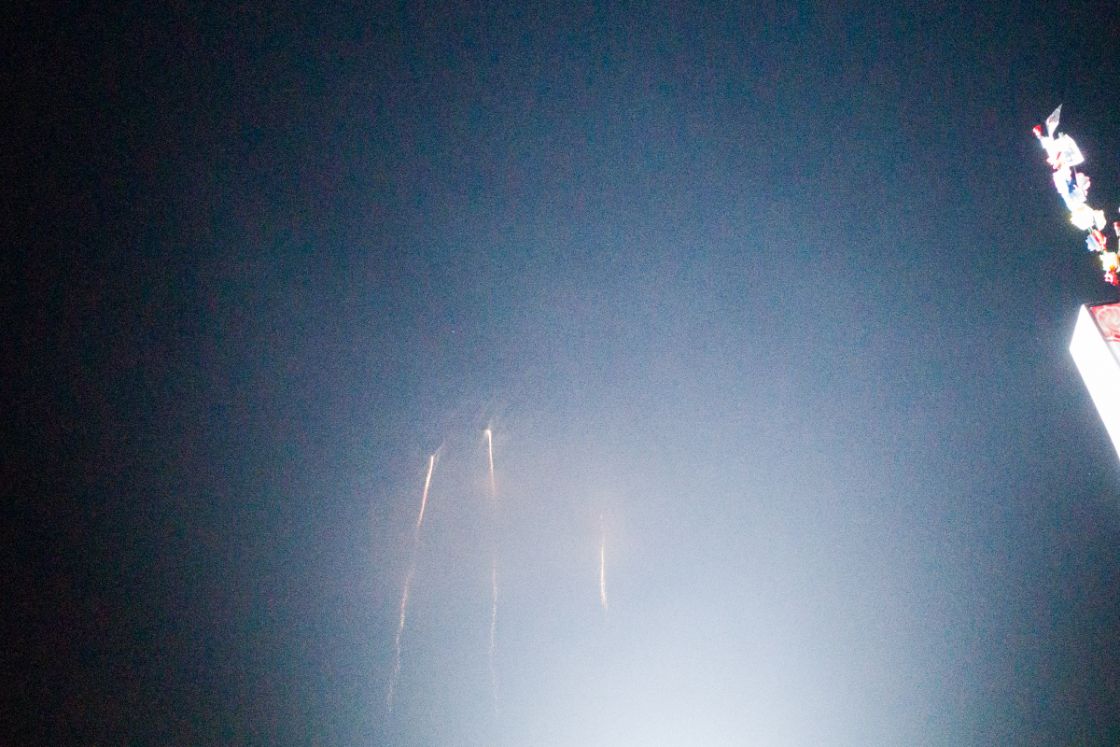
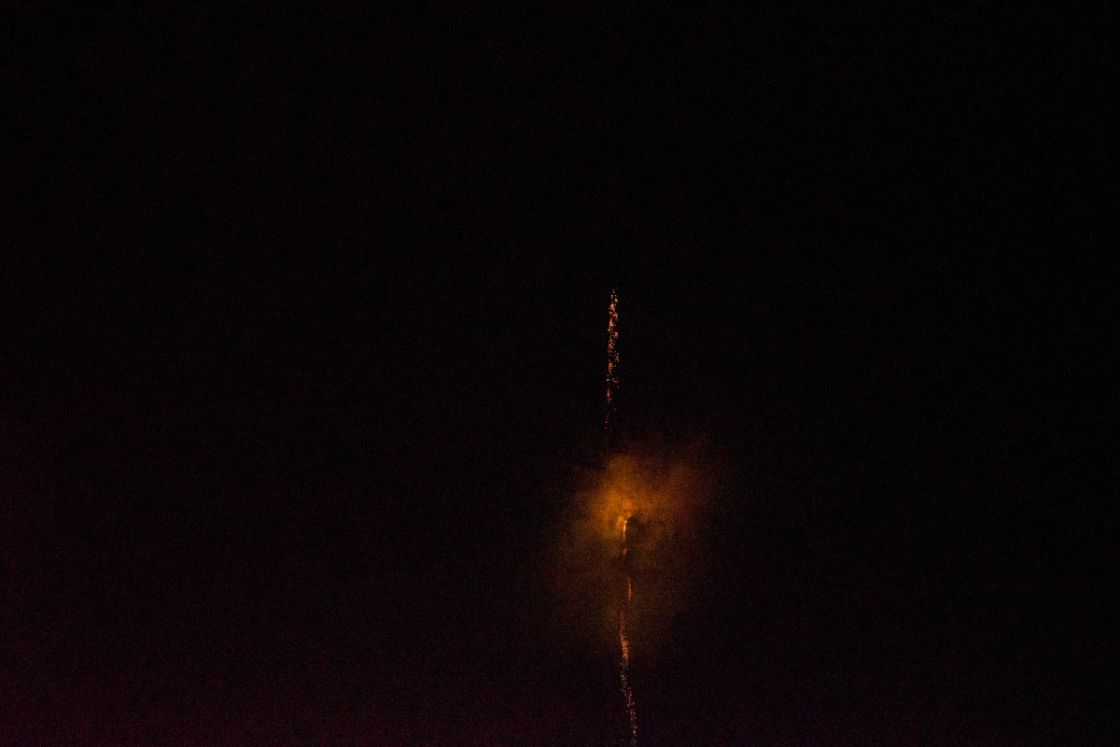
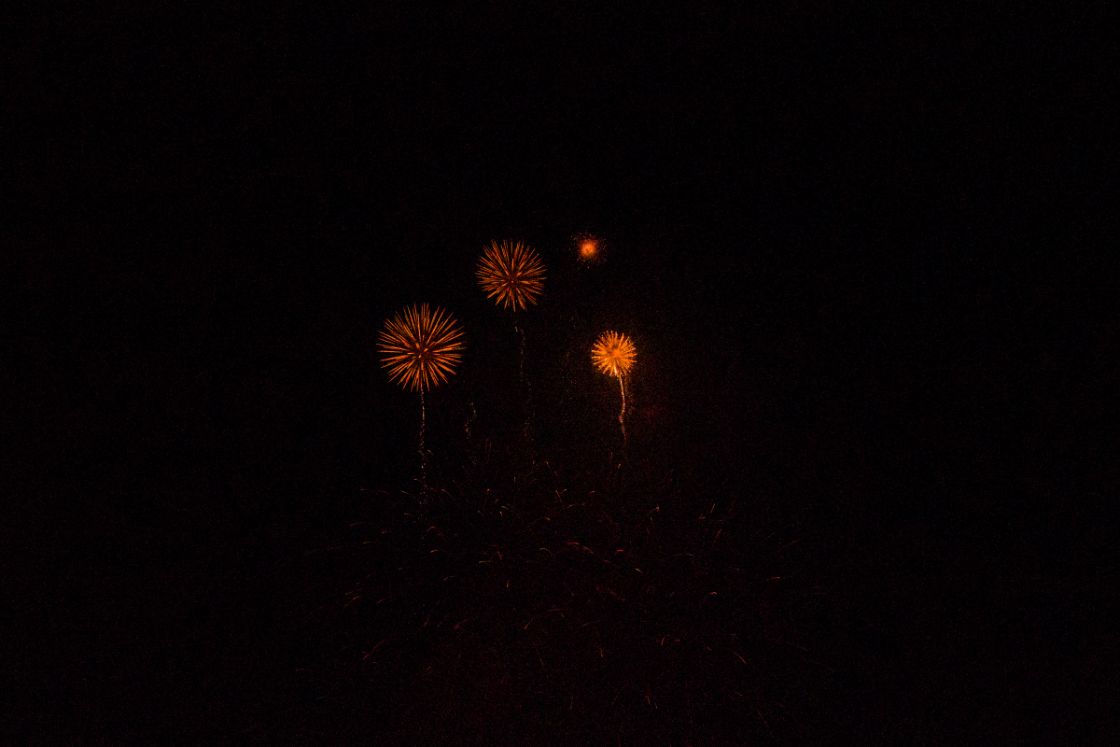
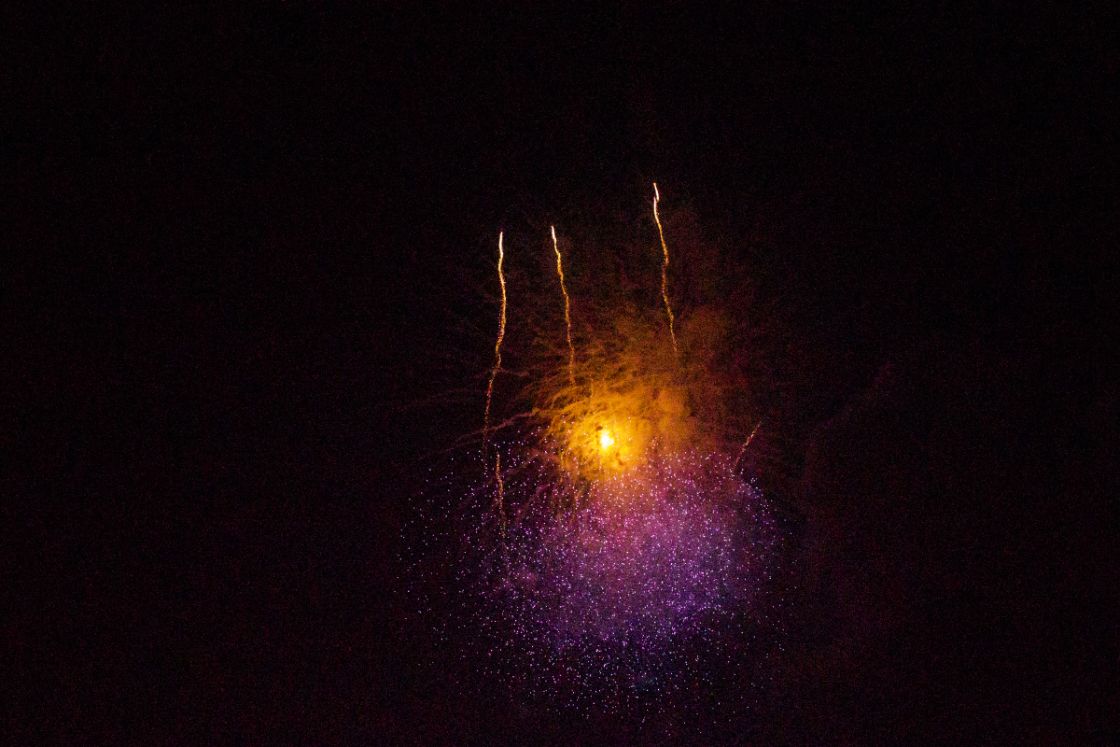
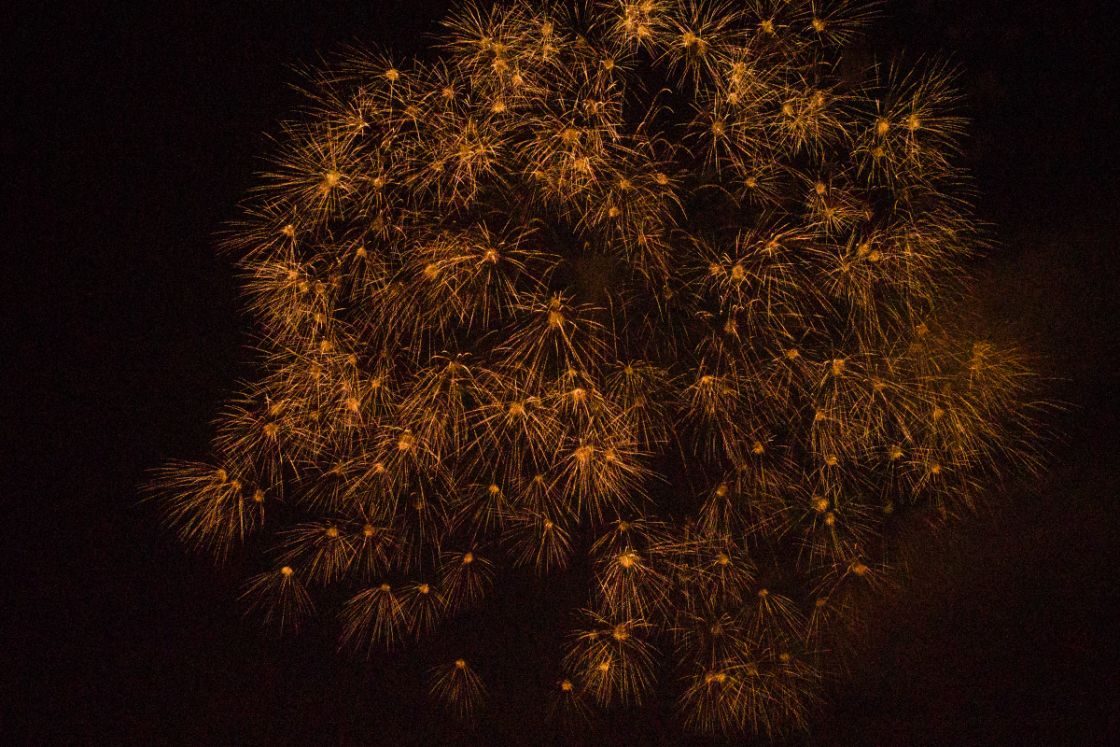
(Robert)














